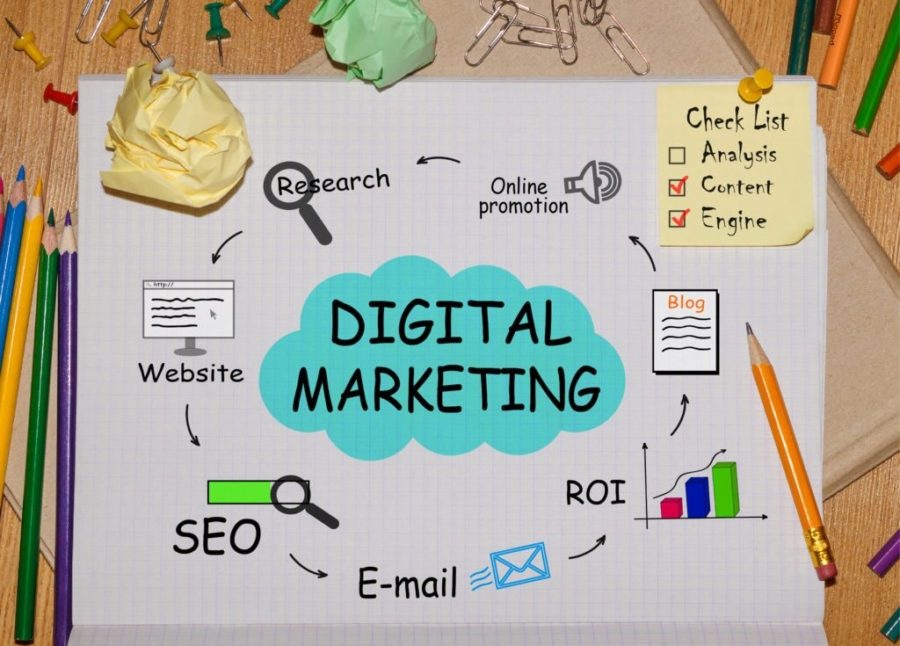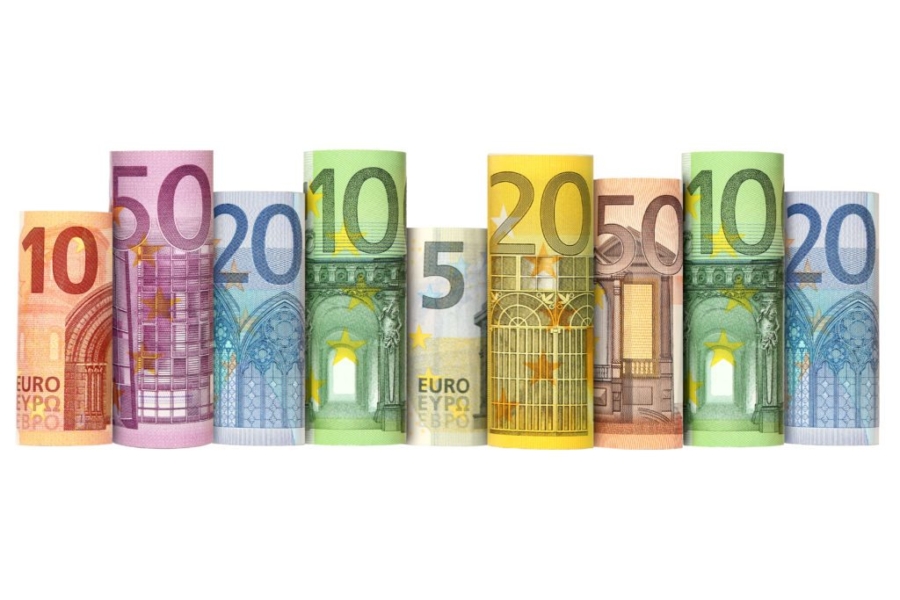Recent use of blockchain in cryptocurrencies is leading experts to believe that its uses may go far beyond the crypto market. This technology could be utilized in many different ways, particularly in digital marketing and advertising. While
- Home
- Tag: Digital marketing news
Whether we’re talking about a personal account or a company page, there are several different ways to utilize LinkedIn as a powerful digital marketing platform. LinkedIn is reported as the most effective social platform in 2017 by
Nearly every digital marketer in today’s society utilizes Google as a primary form of advertisement. With more than 6.5 billion searches being made each day, the need to rank well on Google’s search results page is imperative.
In a recent article from Forbes, there are some important trends in the digital marketing industry that marketers should be aware of. The digital world is always evolving: consumer patterns change, new platforms emerge, etc. Therefore, organizations
[fusion_builder_container hundred_percent="no" equal_height_columns="no" hide_on_mobile="small-visibility,medium-visibility,large-visibility" background_position="center center" background_repeat="no-repeat" fade="no" background_parallax="none" parallax_speed="0.3" video_aspect_ratio="16:9" video_loop="yes" video_mute="yes" border_style="solid"][fusion_builder_row][fusion_builder_column type="1_1" layout="1_1" background_position="left top" background_color="" border_size="" border_color="" border_style="solid" border_position="all" spacing="yes" background_image="" background_repeat="no-repeat" padding="" margin_top="0px" margin_bottom="0px" class="" id="" animation_type="" animation_speed="0.3" animation_direction="left" hide_on_mobile="small-visibility,medium-visibility,large-visibility" center_content="no" last="no"
Are you reaching your audience on social media the right way? Marketing Land Columnist Jordan Kasteler takes a look at 8 brands you can take a page from. (more…)











